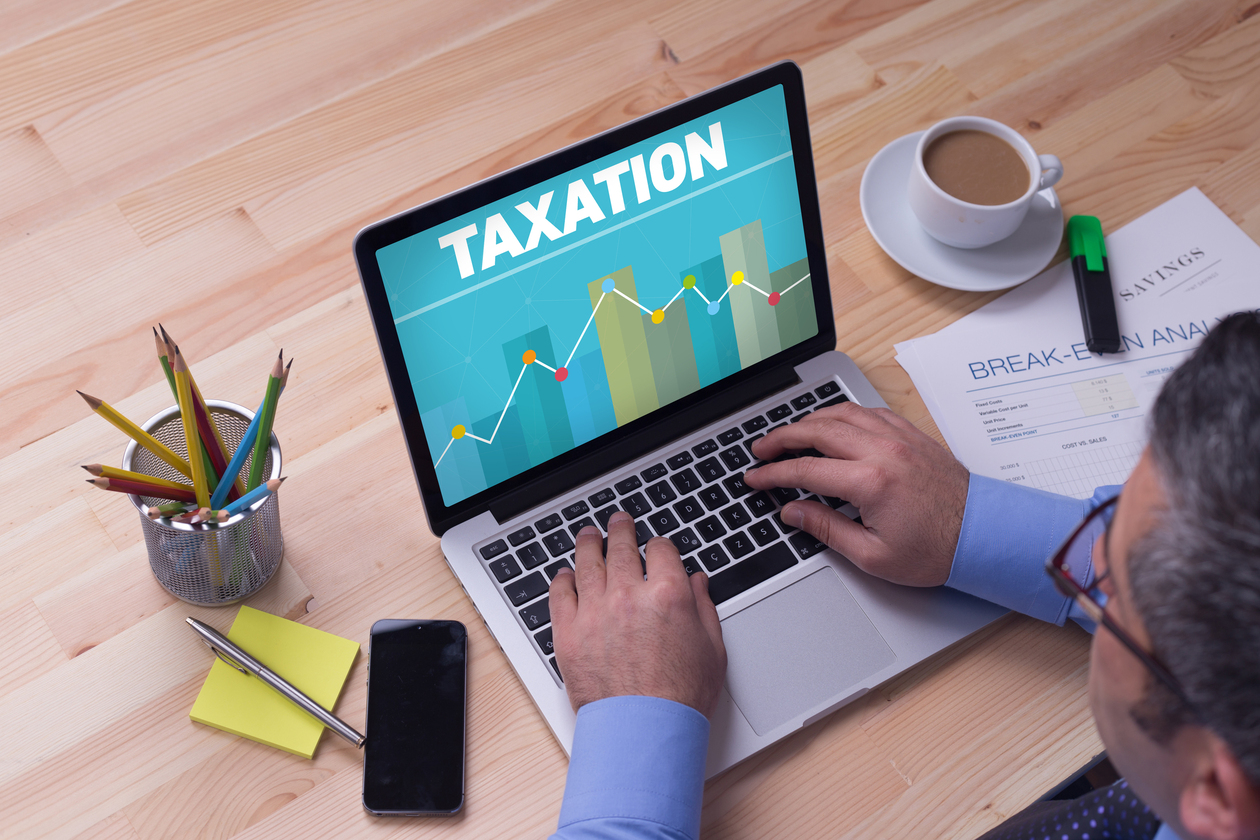
How Chancellor Rachel Reeves could increase taxes
The National Institute of Economic and Social Research (NIESR) has issued a stark warning. If no action is taken, the government is likely to miss its fiscal rule, which requires that day-to-day spending is covered by tax receipts of a significant £41.2 billion by 2029/30. To stay on track, Chancellor Rachel Reeves will need to implement further tax increases.
This raises important questions about the policies being considered and who might face the greatest financial impact.
Could freezing tax thresholds tighten your finances?
Freezing Income Tax thresholds has become one of the most effective, yet hidden, methods of collecting taxes. While Reeves previously stated in the Spring Budget that this freeze would end in 2028, she has since avoided reaffirming that promise.
Extending the freeze until 2030 would exacerbate fiscal drag, a process in which wage increases push taxpayers into higher tax brackets without providing a meaningful boost to their purchasing power.
Will pension tax perks come under scrutiny?
For decades, pensions have benefited from generous tax incentives, including relief from Income Tax and National Insurance to promote saving for retirement. However, these benefits may soon be subject to review.
Reeves could consider limiting the 25% tax-free lump sum that retirees can withdraw or replacing the current system with a flat rate of tax relief regardless of an individual’s earnings. Such changes would have a significant impact on pensioners, particularly those who rely on lump sums for secure retirements, as well as workers using salary sacrifice schemes for long-term savings.
Are National Insurance changes on rental income coming?
Beyond Income Tax, landlords may also come under scrutiny. While they already pay Income Tax on rental profits, this does not include National Insurance contributions or VAT on lettings. Reeves could introduce new taxes on property earnings or change the rules for rental income entirely. This could raise tax liabilities for small landlords and potentially lead to rent increases. Renters might then bear the financial burden as landlords attempt to pass on these costs.
Is the National Insurance threshold safe?
Although Labour’s current manifesto commits not to increase National Insurance rates, both employee and employer contributions could still be subtly adjusted.
One option might be to lower the National Insurance threshold, which is currently set at £1,048 per month. A lowered threshold could lead to increased payroll expenses for both employers and employees.
Will Rachel Reeves rethink VAT, dividends or wealth taxes?
Reeves might focus on increasing revenue by adjusting existing tax policies instead of introducing new ones. For instance, expanding VAT to more goods and services currently exempt or increasing the additional rate of Income Tax, which starts from £125,140, are potential options.
Furthermore, Inheritance Tax could also be amended. The current tax-free allowance of £325,000 (for 2025/26), unchanged since 2009, might be reviewed for a possible reduction. Meanwhile, exemptions could decrease for agricultural assets or gifts made outside the seven-year rule, potentially increasing liabilities for families aiming to pass down wealth.
Do you need to evaluate your options to help secure your financial future?
Understanding these potential changes is essential for financial preparation. If you are unsure how these policies might impact you, please contact us to discuss your circumstances.
This information has been prepared using all reasonable care. It is not guaranteed as to its accuracy, and it is published solely for information purposes. It is not to be construed as a solicitation or offer to buy or sell securities and does not in any way constitute investment advice.
Information based on our current understanding of taxation legislation and regulations. Any levels and bases of, and reliefs from, taxation are subject to change.
The value of investments and income from them may go down. You may not get back the original amount invested.
Past performance is not a reliable indicator of future performance.
